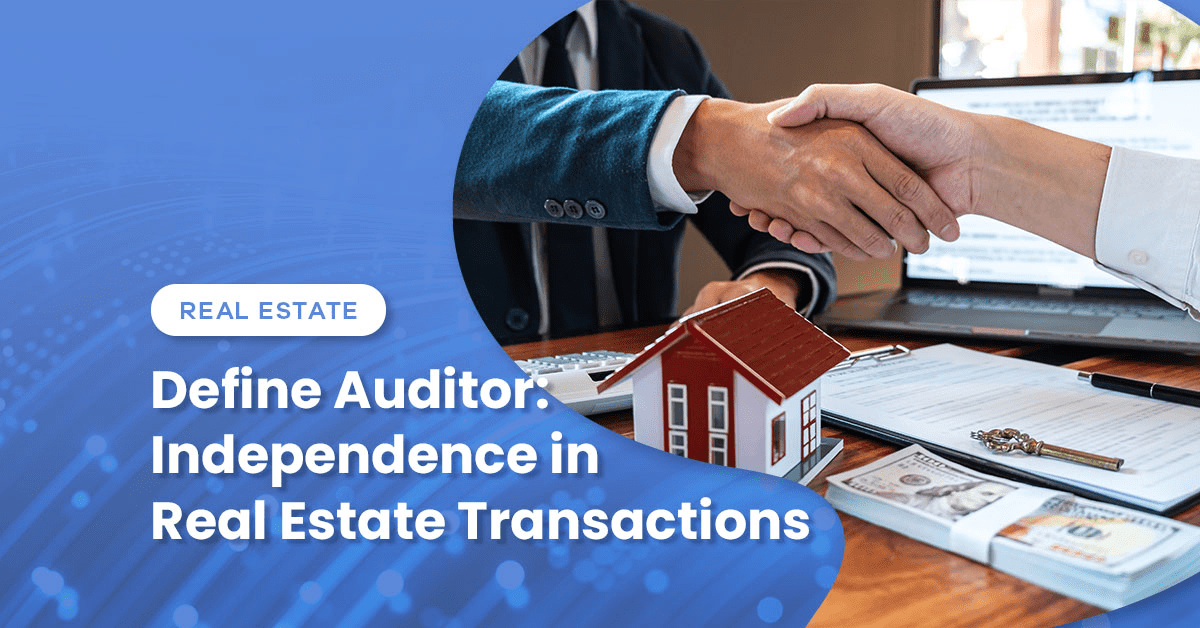This past summer, the IRS and Treasury issued guidance on the inappropriate use of partnership rules to inflate the basis of assets without causing meaningful changes to a taxpayer’s business’s economics.
The guidance focuses on complex transactions involving related-party partnerships, through which taxpayers “strip” basis from certain assets and shift that basis to other assets. The increased basis is intended to generate tax benefits—through increased cost recovery deductions or reduced gain (or increased loss) on asset sales—in transactions that have little or no economic substance.
The guidance states that there are generally three categories of basis-shifting transactions:
- Transfer of partnership interest to related party: A partner with a low share of the partnership’s inside tax basis and a high outside tax basis transfers the interest in a tax-free transaction to a related person or to a person who is related to other partners in the partnership. This related-party transfer generates a tax-free basis increase to the transferee partner’s share of inside basis.
- Distribution of property to a related party: A partnership with related partners distributes a high-basis asset to one of the associated partners that has a low outside basis. The distributee partner then reduces the basis of the distributed asset, and the partnership increases the basis of its remaining assets. The related partners arrange this transaction so that the reduced tax basis of the distributed asset will not adversely impact the associated partners, while the basis increase to the partnership’s retained assets can produce tax savings for the related parties.
- Liquidation of related partnership or partner: A partnership with related partners liquidates and distributes (1) a low-basis asset that is subject to accelerated cost recovery or for which the parties intend to sell to a partner with a high outside basis and (2) a high-basis property that is subject to longer cost recovery (or no cost recovery at all) or for which the parties intend to hold to a partner with a low outside basis. Under the partnership liquidation rules, the first related partner increases the basis of the property with a shorter life or which is held for sale, while the second related partner decreases the basis of the long-lived or non-depreciable property. The result is that the related parties generate or accelerate tax benefits.
To address what it deems the inappropriate use of such transactions to generate tax benefits, the IRS announced two sets of upcoming regulations through Notice 2024-54:
- The first set would require partnerships and partners to treat certain basis adjustments under Sections 732, 734, and 743 arising from covered transactions in a way that restricts them from deriving inappropriate tax benefits from them.
- The second set would provide rules to ensure a clear reflection of the taxable income and tax liability of a consolidated group of corporations when members of the group own interests in partnerships. The Notice indicates that these proposed regulations would adopt a single-entity approach with respect to interests in a partnership held by members of a consolidated group.
Proposed Rules Identifying Basis Shifting as Transaction of Interest
The proposed regulations issued concurrently with Notice 2024-54 identify related-partnership basis adjustment transactions and substantially similar transactions as reportable Transactions of Interest.
Under the proposed rules, disclosure requirements for these transactions would apply to taxpayers and material advisers regarding partnerships participating in the identified transactions, including by receiving a distribution of partnership property, transferring a partnership interest, or receiving a partnership interest.
Generally, the identified Transactions of Interest would involve positive basis adjustments of $5 million or more under Subchapter K of the Internal Revenue Code in excess of the gain recognized from such transactions, if any, on which tax imposed under subtitle A is required to be paid by any of the related partners (or tax-indifferent party) to such transactions – specifically, Section 732(b) or (d), Section 734(b), or Section 743(b) – for which no corresponding tax is paid.
The transactions would include either:
- A distribution of partnership property to a partner that is related to one or more other partners in the partnership, or
- A transfer of a partnership interest where the transferor is related to the transferee or the transferee is related to one or more of the partners.
The proposed regulations identify that a transaction would be substantially similar to the related-partnership basis adjustment transactions above if the transaction does not involve related partners and one or more partners of the partnership is a tax-indifferent party.
The IRS proposes these rules to apply to identify certain partnership-related-party basis adjustment transactions and substantially similar transactions as transactions of interest effective as of the date of publication of final regulations in the Federal Register.
Notification that IRS Will Challenge Basis Stripping
In Revenue Ruling 2024-14, the IRS notifies taxpayers and advisors that the IRS will apply the codified economic substance doctrine to challenge basis adjustments and other aspects of certain transactions between related-party partnerships. The IRS will raise the economic substance doctrine with respect to transactions in which related parties:
- Create inside/outside basis disparities through various methods, including the use of partnership contributions and distributions and allocation of items under Section 704(b) and (c),
- Capitalize on the disparity by either transferring a partnership interest in a nonrecognition transaction or making a current or liquidating distribution of partnership property to a partner, and
- Claim a basis adjustment under Sections 732(b), 734(b), or 743(b) resulting from the nonrecognition transaction or distribution.
The revenue ruling describes three situations in which related parties coordinate to create disparities between inside and outside basis through various methods, such as the contribution or distribution of property with specific tax attributes or the allocation of tax items by Section 704(b) and (c). The parties then attempt to exploit these disparities by engaging in transfers resulting in basis adjustments under the rules of Section 732(b), 734(b), or 743(b) to reduce taxable income through increased deductions, reduced gain, or increased loss.
In the revenue ruling, the IRS rules that the transactions in the three described situations lack economic substance under Section 7701(o) and that taxpayers involved are not entitled to the associated basis adjustments.





 Previous
Previous






